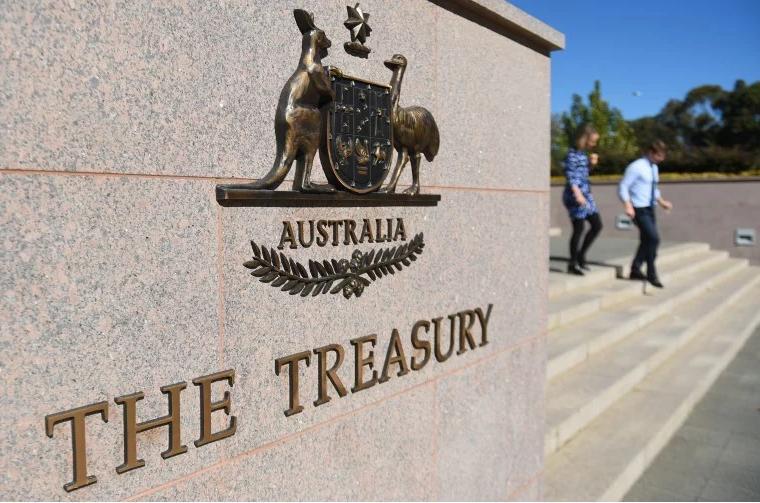The government has given “no indication” that it will back away from the planned $2.4 billion cut to the research and development tax incentive, with further drops in the scheme over the forward estimates being based on these potential changes, a senate estimates hearing has been told.
Industry department and Treasury representatives fronted senate estimates on Friday night and were peppered with questions about the research and development tax incentive (RDTI) and a drop in business expenditure on research and development (BERD) by Labor senators.
This month’s federal budget appeared to show a $1.35 billion cut to the RDTI over the forward estimates, with the cost of the scheme dropping to $1.97 billion this financial year and slowly rising to $2.3 billion by 2021-22.

It follows an announcement in last year’s budget that the government would be making a series of changes to the RDTI effectively amounting to a $2.4 billion cut to the popular scheme. These amendments are yet to be passed by Parliament, and were blocked by a government-led senate committee earlier this year.
There has been no further announcement of the government’s plans for the RDTI, and a formal policy was not included in this month’s budget. The government has not formally responded to the senate committee’s report.
But Treasury representatives told the senate estimates hearing that it appears the government is still committed to them.
Labor has also pointed out that BERD has dropped by nearly 30 percent in the last three years, a drop of $5.3 billion since 2017.
These figures are based on demand for the scheme, Industry department strategic policy general manager Wayne Calder told senate estimates.
“The tax incentive is a demand-driven program. The amount registered in any given year will depend on how many companies decide to register for the R&D tax incentive and what types of activities they’re actually undertaking as part of that program. So, year on year, it is simply based on what the demand from individual companies would be for accessing that program,” Mr Calder said.
The department reps said the RDTI estimate provided in the budget for 2018-19 is $400 million lower than previously estimated, and that this is the result of two factors. Half of the drop is due a reduction of claims made under the RDTI, while the other half is due to an “accounting technicality” resulting from Finance over-estimated claims in previous years.
A big reason that claims will be reducing over the forward estimates is because of the federal government’s planned company tax rate cut, with the size of the RDTI refund tied to the company tax rate.
The figures provided in the budget assume that these tax cuts are implemented, and that the government sticks with its planned changes to the RDTI currently stalled in Parliament.
“I think the issue is that until the government changes a decision, and they have given no indication at this point of any intention to change the decision, the budget documents reflect the decisions that have been taken by government,” Treasury deputy secretary Maryanne Mrakovcic told senate estimates.
The senate estimates hearing also provided more detail on the near-$50 million in efficiencies stripped from “flagship” innovation policies.
Department reps said that $9.9 million of this is a new cut, with $9.9 million being stripped from the Entrepreneurs’ Programme and $4 million from the Industry Growth Centres.
Do you know more? Contact James Riley via Email.

